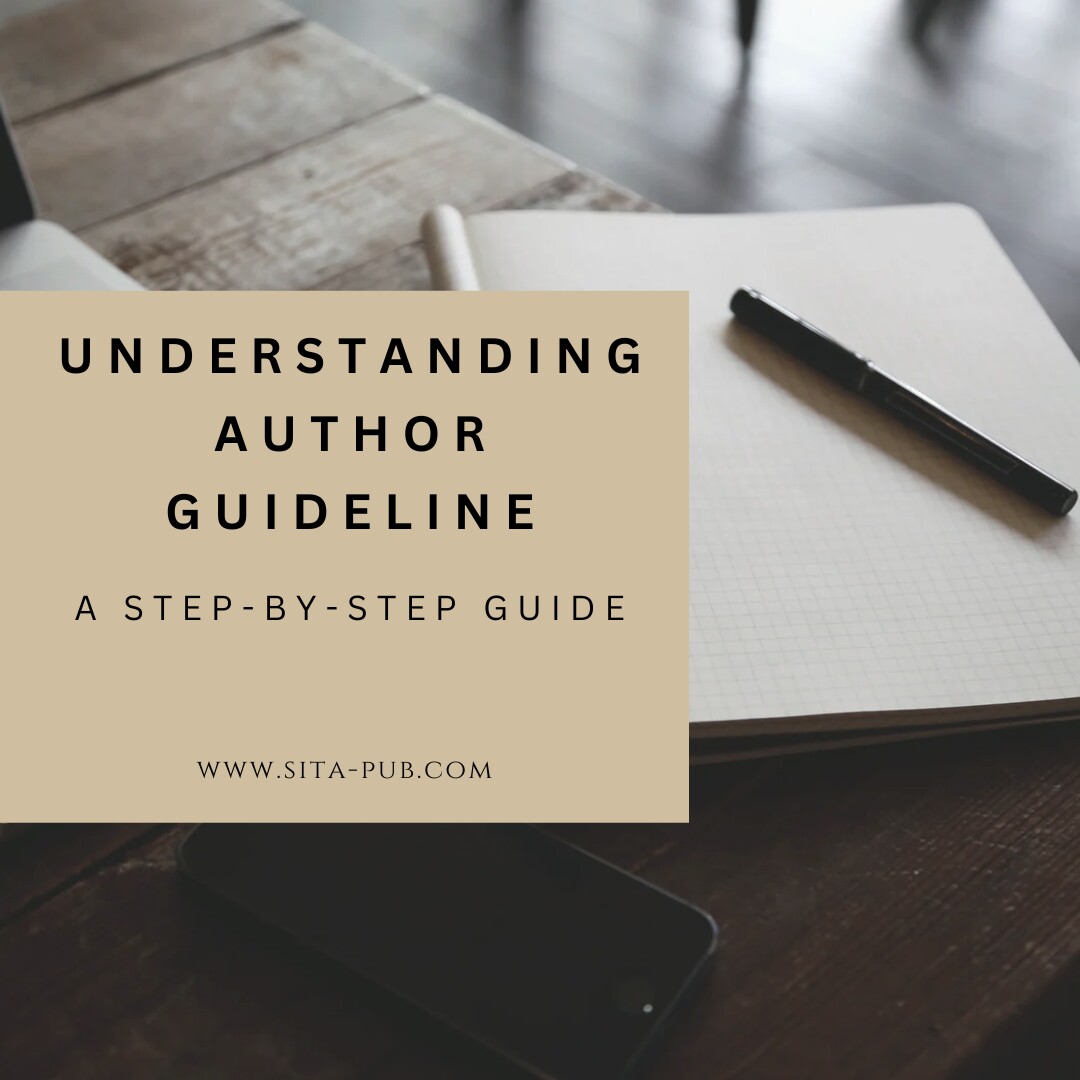Understanding Author Guidelines: A Step-by-Step Guide


When you want to publish your research in academic journals, understanding author guidelines is very important. These guidelines act like a manual for authors, explaining everything from how to format your paper to how to submit it. This guide will show you how to find these guidelines and the essential information they usually contain.
Finding author guidelines is the first step to submitting your work. Most journals make these guidelines easy to find. Here are some common ways to access them:

Visit the journal’s official website. Look for sections titled "Guidelines for Authors" or "Instructions for Submission." You will usually find these links in the main menu or at the bottom of the page.

If you’re unsure where to find a specific journal, use academic databases like PubMed, Scopus, or Web of Science. These databases often link directly to the journal's web page, where you can find the guidelines.

Many journals are published by large companies (like Elsevier, Springer, or Wiley). Visit the publisher’s website, navigate to the journal section, and find the author guidelines there. Publishers also have guidelines that apply to many journals under their name.

Some journals are linked to professional organizations, such as the American Psychological Association (APA) or the Institute of Electrical and Electronics Engineers (IEEE). Visit their websites to find guidelines for the journals they publish.

Occasionally, news about author guidelines can be found on social media or academic forums. Researchers often share tips and resources that can help you find what you need.
These documents give authors important details to ensure their papers meet journal standards. Here are main sections typically included:

The instructions usually specify the types of articles the journal accepts, including:
Research Articles: Original studies with new findings.
Review Articles: Analyses of existing research.
Case Studies: Detailed investigations of specific cases.
Short Communications: Brief reports of important findings.
Editorials and Commentaries: Opinions on current issues.
Knowing these types helps you determine if your work fits the journal.

A crucial part of the instructions deals with manuscript formatting. Journals have specific rules for:
Manuscript Structure: Sections like title, abstract, introduction, methods, results, and discussion.
Citations and References: Different journals may have preferred citation styles (like APA or MLA).
Figures and Tables: Instructions on presenting images and tables, including styles and file types.
Following these rules can improve your chances of acceptance.

Most journals use a peer review process to assess the quality of research. The instructions often explain:
The Review Process: How submissions are evaluated (single or double-blind).
Timeline: How long the review usually takes.
Criteria for Acceptance: Factors that influence whether your paper is accepted.
Understanding this process helps you prepare your manuscript correctly.

Instructions also outline ethical standards in academic publishing. This includes:
Conflicts of Interest: Authors must disclose any relationships that may affect their work.
Human and Animal Rights: Research involving these subjects must follow specific ethical guidelines.
Following these standards is crucial to prevent rejection.

Many journals offer services that assist authors, such as:
Editing and Proofreading: Some provide services to refine your manuscript.
Plagiarism Checking: Many journals check for originality. Knowing about these tools helps maintain your work's integrity.
Supplemental Materials: Some journals allow extra files to enhance your article.
Being aware of these services can help you make the most of the publication process.

The actual submission process can vary. The instructions will explain:
Submission Portal: Most journals require online submissions through specific platforms.
Required Documents: You may need to submit a cover letter or ethical approval forms.
Submission Fees: Some journals charge fees for submission or publishing.
Understanding the submission process helps you avoid mistakes.
Knowing the publication instructions is critical for success in the submission process. By understanding where to find them and what key information they provide—like types of articles, formatting, peer review, ethical considerations, additional services, and submission processes—you can maximize your chances of publishing your research.

Are you ready to increase your chances of acceptance? Let us help you format your paper according to the author guidelines, including tables, citations, and more. Our expert team is dedicated to ensuring your manuscript meets all requirements, from structure to presentation.
If you have any questions, inquiries, or would like to learn more about our services, please don't hesitate to reach out to us. Our dedicated team is ready to assist you.
Why Choose SITA Academy?

Team of human professionals

Quality Assurance

Timely delivery

Satisfaction guarantee